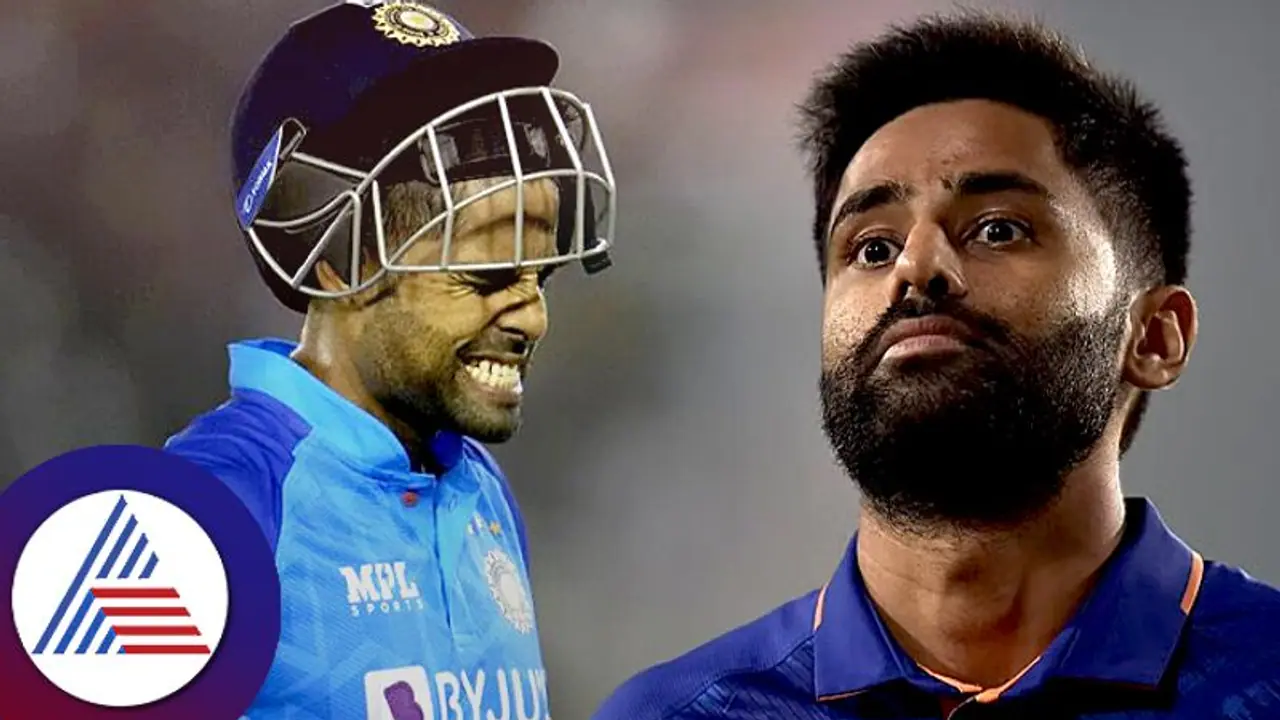Indian cricketer Suryakumar Yadav, currently topping the T20I batting rankings, faces a challenging period as he is diagnosed with a sports hernia.
Indian cricketer Suryakumar Yadav, currently holding the top spot in T20I batting rankings, will be absent from India’s T20I squad against Afghanistan due to an ankle injury sustained in the T20I series against South Africa. Recent reports from the Times of India reveal that Suryakumar has been diagnosed with a sports hernia, leading him to undergo surgery in Munich, Germany. Currently undergoing recovery at the National Cricket Academy in Bengaluru, he is set to travel to Germany for the operation in the coming days, as confirmed by a source within the Board of Control for Cricket in India (BCCI).

For those unfamiliar, a sports hernia, also known as athletic pubalgia, is a painful soft tissue injury occurring in the groin area. Unlike a traditional hernia where a hole or weakness exists in the abdominal wall, a sports hernia involves a strain or tear in the muscles, tendons, or ligaments of the lower abdominal and groin region. Common among athletes engaged in sports with sudden direction changes, twisting movements, or repetitive stress on the pelvic area.
Causes:
Repetitive Movements - Sports hernias often stem from repetitive actions, prevalent in sports like soccer, hockey, football, and tennis. Activities involving cutting, pivoting, or sudden directional changes contribute to sports hernia development.
Weakness or Imbalance - Muscle weakness or imbalance around the pelvis and lower abdomen increases the risk. This may result from inadequate strength training, poor conditioning, or muscle imbalances.
Symptoms:
Groin Pain - Primary symptoms include persistent, dull, or sharp pain in the groin, exacerbated by certain movements like twisting or turning.
Tenderness - Sensitivity to touch in the lower abdominal or pubic region.
Pain during Activities - Pain may occur during specific activities, particularly those with rapid directional changes or intense abdominal muscle contractions.
Swelling - Some individuals may experience swelling in the groin area.
Remedies:
Rest and Ice - Essential for healing, rest allows injured tissues to recover. Ice application for 15-20 minutes every few hours during the initial days aids in reducing inflammation and pain.
Physical Therapy - Structured programs enhance muscle strength, flexibility, and correct imbalances. Therapeutic exercises may involve stretching, strengthening, and core stability exercises.
Anti-Inflammatory Medications - Nonsteroidal anti-inflammatory drugs (NSAIDs), like ibuprofen, may alleviate pain and inflammation after consulting with a healthcare professional.
Supportive Devices - Some may benefit from supportive braces or belts to stabilize the injured area during physical activity.
Surgery - In severe cases or when conservative measures fail, surgical intervention aims to repair torn or damaged tissues in the groin area.
